Autumn Olive in Partial Shade/Dry Soil
Ernie
10 years ago
Related Stories

GARDENING GUIDES6 Native Ground Covers for Tough, Dry Spots
Sun beating down on your sandy gravel? Thick shade darkening your clay soil? There’s a ground cover here for you
Full Story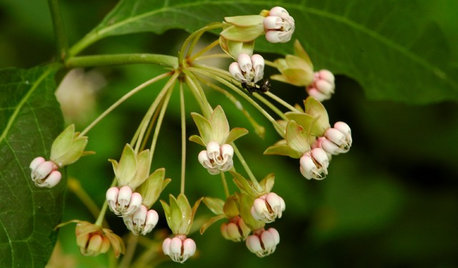
GARDENING GUIDES5 Unsung Wildflowers That Thrive in Dry Shade
Turn shady problem spots into garden idylls with with these prolific, easy-care bloomers
Full Story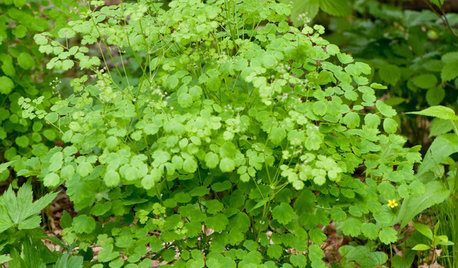
GARDENING GUIDESGreat Design Plant: Thalictrum Dioicum Thrives in Dry Shade
Plant early meadow-rue in eastern U.S. woodland gardens for its tolerance of dry sites and shade
Full Story
FLOWERS AND PLANTSCarex Pensylvanica Fills the Void in Dry Shade Gardens
Plant Pennsylvania sedge in eastern U.S. woodlands or dry shade gardens for spring flowers and softly textured bright green leaves
Full Story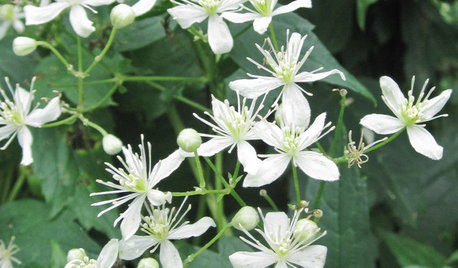
GARDENING GUIDESGreat Design Plant: Clematis Virginiana
Devil’s darning needles, a vigorous vine native to eastern North America, likes partial shade and many types of soils
Full Story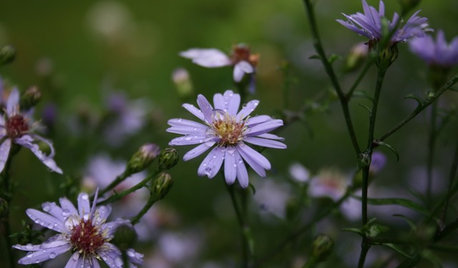
FLOWERS6 Overlooked Asters for Tough Spots
Whether your garden has baking sun or dry dense shade, boggy soil or sandy gravel, there's an aster for that
Full Story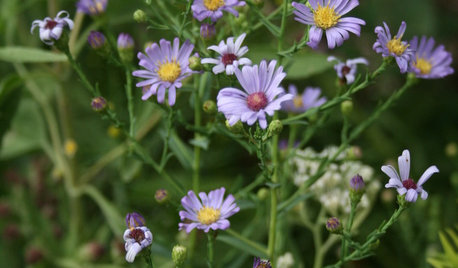
NATIVE PLANTSAutumn Joy: How to Get 3 Months of Fall Flowers
Enjoy blooms from September to November by mixing 6 asters native to different areas of the U.S.
Full Story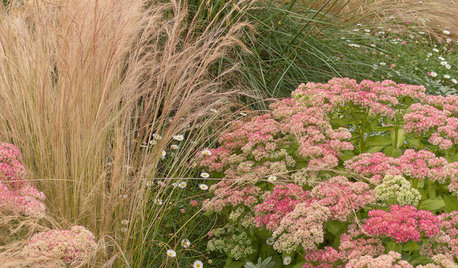
GARDENING GUIDESGreat Garden Combo: 3 Soft-Looking Plants for a Dry Climate
Weave a romantic tapestry with this drought-tolerant combination of plants as tough as they are lovely
Full Story
GARDENING GUIDESYes, You Can Grow an Edible Garden on a Hot, Dry Site
Difficult garden spots don’t need to deter you from planting trees, herbs and other delicious food plants
Full Story
LANDSCAPE DESIGNHow to Create a Beautiful Shade Garden
Turn the cool, shady spot in your garden into your own quiet oasis
Full Story








trianglejohn
fabaceae_native
Related Professionals
70037 Landscape Architects & Landscape Designers · Ballenger Creek Landscape Architects & Landscape Designers · Clark Landscape Architects & Landscape Designers · Severn Landscape Architects & Landscape Designers · Signal Hill Landscape Architects & Landscape Designers · Medford Landscape Contractors · Peabody Landscape Contractors · Costa Mesa Landscape Contractors · Fort Mill Landscape Contractors · Hoffman Estates Landscape Contractors · Lake Worth Landscape Contractors · Overland Park Landscape Contractors · South Lake Tahoe Landscape Contractors · Weslaco Landscape Contractors · Golden Valley Landscape ContractorsErnieOriginal Author
drew51 SE MI Z5b/6a
fabaceae_native
drew51 SE MI Z5b/6a
lkz5ia